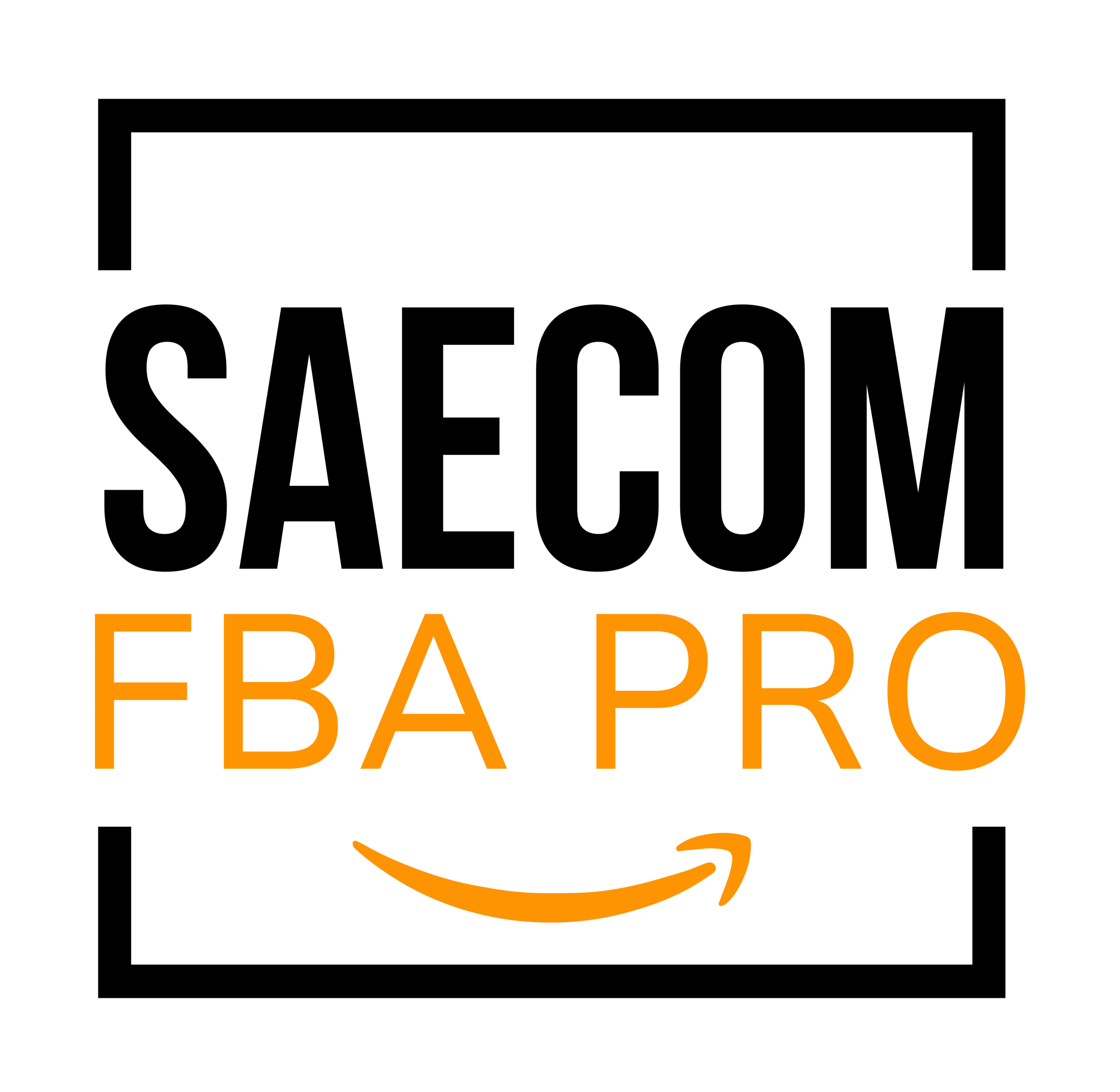Mastering Sponsored Ads for Amazon Success
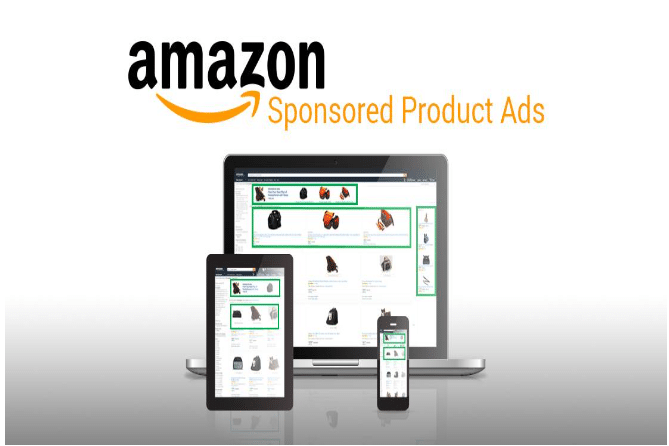
With thousands and millions of products in a big marketplace like Amazon, standing out is just very difficult for the sellers. This is where Sponsored Ads come in, behaving pretty much as a beacon to guide these potential customers to your products.
This does not, however, mean that good advertising only serves to boost sales but, in contrast, greatly enhances product visibility, pushing the brand to the fore in search results. Sponsored Ads are, therefore, understood to be of the essence to any seller looking to do well on Amazon.
What Are Amazon Sponsored Ads?
Amazon Sponsored Ads are influential, powerful ads that allow the focus on products through a cost-per-click advertisement. Sponsored Ads for sellers can feature the promotion of a single listing or an entire brand from the Amazon shopping platform. Mainly, three types of Sponsored Ads include the following:
1. Sponsored Products: These advertisements are unit-based, appearing on search results and product detail pages.
2. Sponsored Brands: Previously called Headline Search Ads. With Sponsored Brands, you can focus on branding and your product portfolio in the head section – both above, to the side of, and below search results.
3. Sponsored Display: These are display ads that can help you increase customer reach on and off Amazon.
Sponsored Ads work on an automatic pay-per-click (PPC) model, whereby you only pay when a shopper clicks through your advertisement. This method will bring pinpoint accuracy by instigating strategic bidding to the maximum possible return on investment.
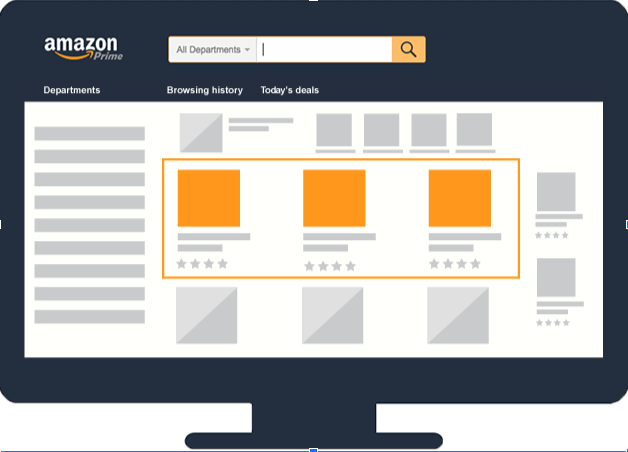
Setting Up Your First Campaign
To launch your first Amazon Sponsored Ad campaign, follow these steps:
1. Choose your campaign type: Choose between Sponsored Products, Sponsored Brands, or Sponsored Displays based on your advertising objective.
2. Do keyword research: Use the tools offered, for example, the Amazon Keyword Planner, to find relevant high-volume keywords for your product. This ensures that your ads are displayed in the correct place where they should actually be shown.
3. Set your budget: Choose the maximum amount that you are comfortable spending every day. Amazon will suggest a budget depending on your campaign type and according to the target keyword selection you’ve made.
4. Understand Bidding Strategies: You have the power to choose between two types of bids—automatic and manual. On the automatic, Amazon will be making bid amounts for you, and on the manual, you will have your say on your bid amounts.
Crafting Compelling Ad Content
Creating engaging ad content is key to converting clicks into sales:
- Use High-Quality Images: Clear, high-resolution images that showcase your product’s features.
- Write Compelling Copy: Highlight your product’s unique benefits and features. Make it concise and persuasive.
- A/B Testing: Try different pictures, headlines, and descriptions to see what your audience loves most.
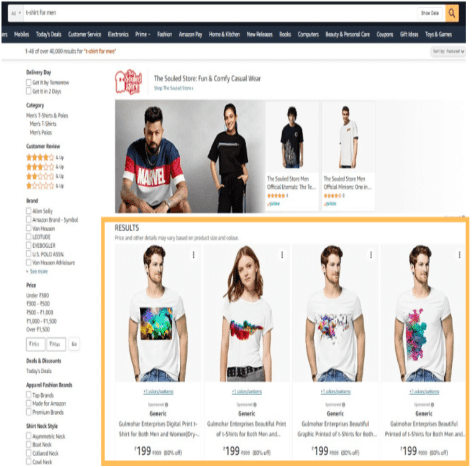
Optimizing Your Sponsored Ads
Optimization is an ongoing process aimed at improving the efficiency and effectiveness of your ads:
Monitor Your ACoS: This will ensure that the Advertising Cost of Sale metric is at a low percentage but keeps or increases the sales it is bringing in.
Adjust bids and keywords: Increase the bidding prices of the performing keywords using performance data and reduce or pause the low-performing ones.
Negative keywords should be applied in order to avoid showing your ads for irrelevant searches that do not bring any benefits toward increasing ad relevance and performance.
Understanding the basics of Amazon Sponsored Ad campaigns, how they function, setting up a targeted campaign, and creating compelling content can go a long way in improving your visibility and sales on Amazon. Remember, success from Amazon Sponsored Ads isn’t by night.
It requires patience, experimentation, and a willingness to learn and adapt strategies based on performance data.
Advanced Strategies for Sponsored Ads Success
Exploring Advanced Targeting Options
Advanced targeting options, such as product and category targeting, make it possible for sellers to fine-tune their audience. Under this kind of targeting, your ads are placed at specific product detail pages for product targeting, and within certain product categories by category targeting.
These are fairly effective strategies when your customers are shopping for products similar to yours or are doing searches within related categories.
Utilizing Sponsored Brands for Increased Visibility
Sponsored Brands’ ads are a powerful tool for increasing brand awareness and visibility on Amazon.
They allow for showing your brand logo, a customized headline, and more than one product on the page that can point customers to the Amazon store or a curated landing page, in addition to product detail pages.
This increased visibility can significantly boost brand recognition and sales across your product range.
Implementing Dynamic Bidding Strategies
Dynamic bidding strategies allow Amazon to adjust your bids in real-time based on the likelihood of a sale. Such options as “Adjust bids by placement” will result in increasing your bid for “top of search” placements and may give better results for the ad. Experiment with those strategies to find the best middle ground of visibility and cost efficiency.
Capitalizing on Seasonal Trends and Shopping Events
Tailor your Sponsored Ads campaigns toward seasonal trends and shopping events (like Prime Day or the holiday season) for big visibility and sales boosts.
By that token, aligning your ad content, bids, and keywords with specific times will help bring in customers who are looking for specific deals or gifts during those high-traffic times.
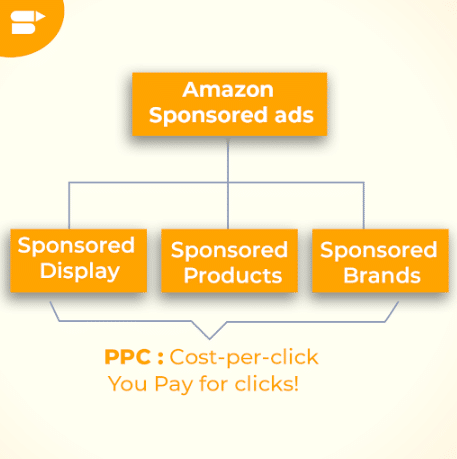
Measuring and Analyzing Your Ad Performance
Tools and Metrics for Measuring Success
All these, when used effectively, help measure the effectiveness of your Sponsored Ads with a suite of tools and metrics Amazon provides ACoS, Impressions, and Click-Through Rate (CTR). You should review some of these metrics regularly to gauge the effectiveness of your campaigns and make data-driven decisions.
Interpreting Data to Make Informed Decisions
It helps you analyze performance data to find the areas of your campaign that are doing pretty well and the ones that could be done with a little bit of tweaking. For example, high ACoS may indicate that the problem is either with too high of a bid or broad targeting.
The Role of Amazon’s Brand Analytics
Amazon Brand Analytics is a tool using which a seller can have access to invaluable insights related to the behavior of customers, popular search terms, and competitor performance in the marketplace. That will help mold your keyword strategy and even clearer indication of the target of the product.
Common Pitfalls to Avoid
Overspending on Your Ad Budget
Most of the time, common mistakes include not having a clear budget set at the beginning or not controlling expenses. Closely enough, which finally leads to overspending. This is not to be committed, daily budgets need to be established, depending on the campaign, and constant performance review.
Non-Compliance with Amazon’s Advertising Policies
Not following the terms and conditions of Amazon’s ad policy may have your ad disapproved or even an account suspension. Please ensure your adverts meet all the required details, including that which provides listing optimization and images.
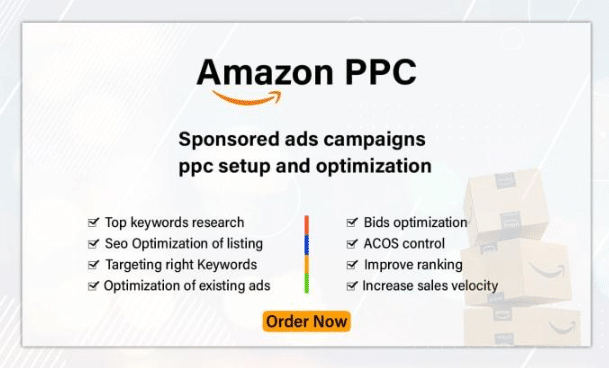
Conclusion
If you know how it works and took a few moments for strategic planning, continuous optimization, and analytics. You may be looking to make a big score at this point.By using advanced targeting options, such as Sponsored Brands for visibility, dynamic bidding strategies, or seasonal trends.
The landscape of Amazon advertising changes on a quarterly basis, at a minimum. Keep abreast of the details—but more importantly, remain flexible.
Forge ahead with your experiments while using the tools and insights that Amazon is providing. Although, to iterate improvements toward reaching your business goals.

